Last Chance to Catch NYC's Holiday Notalgia Train
We met the voices of the NYC subway on our nostalgia ride this weekend!


There are more than eleven million vehicles registered in New York State, and New York City has about 12% of those (as of August 2021). Until 1901, these vehicles went unregistered, only identified by traits like their make, color and quality. Then-New York Governor Benjamin Odell, Jr. crafted a bill that required vehicle registration and the initials of the vehicle’s owner to be posted on the back of the vehicle. This bill, passed in 1901, would lead to the birth of the license plate.
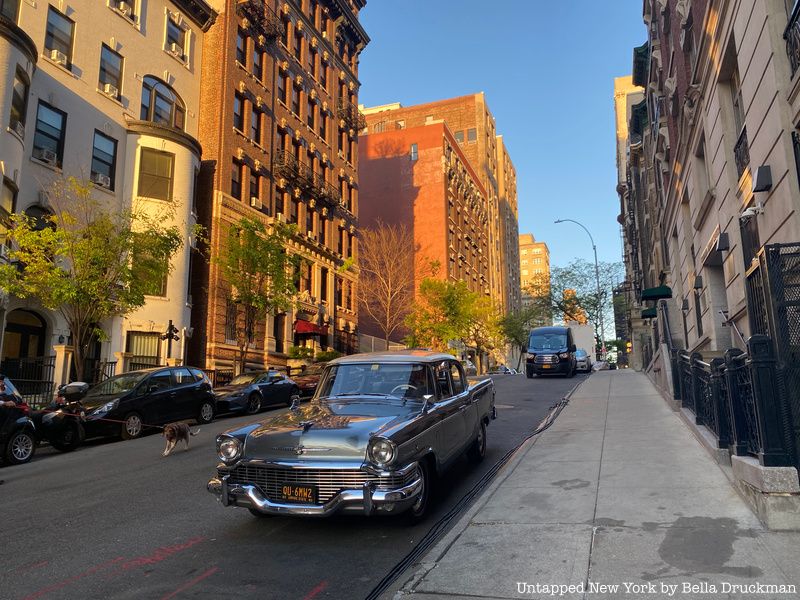
The first license plates did not resemble those of today. In fact, they were merely initials made of various materials of different colors and sizes. Some painted the letters directly on their vehicle. The reason for this new regulation regarding vehicle identification was that in legal cases, the government often preferred those who still traveled behind a horse. Traffic laws also varied by county, making it difficult for vehicle owners to consistently abide by the law. With Odell’s new act, vehicular laws would at least be consistent across New York State, and drivers would be held responsible for their actions.
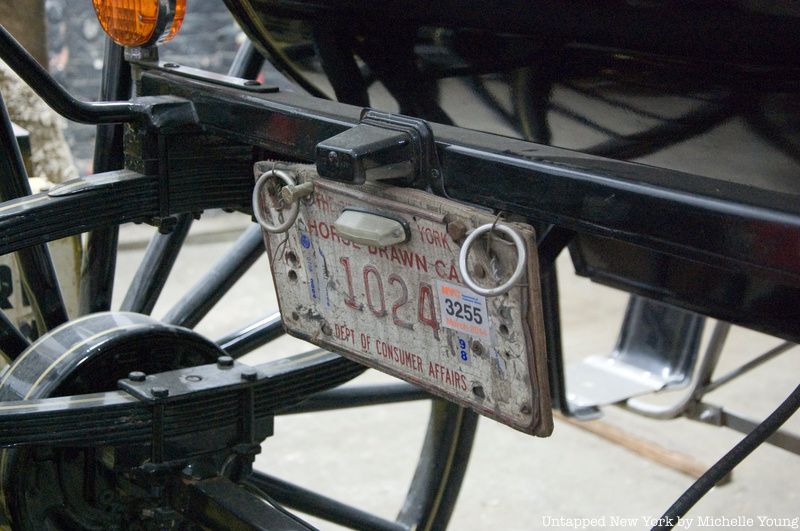
After the act was passed on April 25, 1901, those in New York, especially in the city, celebrated. The New York Times reported that by May 2, 17 people had already applied for licenses. As the number increased, law enforcement found it more difficult to identify vehicles because of replicate initials. Some also used fake initials or posted initials without registering with New York State.
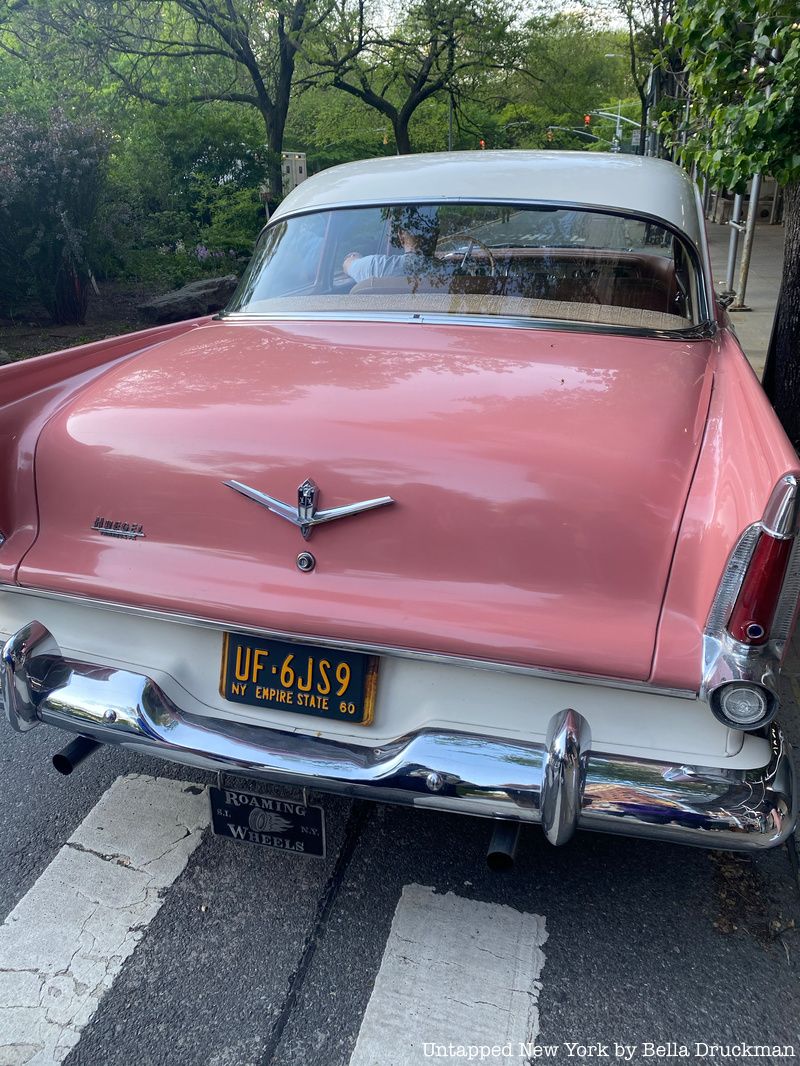
In response. the New York State legislature passed a law that required each registered vehicle to have a number on its rear side. The legislature required the letters “NY” to appear next to the issued number as well. New York State decreed these homemade license plates to follow a black-and-white color scheme.
It was not until 1910 that New York State supplied vehicle owners with state-issued plates. However, these plates were only valid within New York State. If someone traveled frequently between two states, they would need a different license plate and issue number for each state.
The creatively designed license plates of today’s era did not show up until the 1980s. Until then, New York license plates simply consisted of the issued number on a bed of white, blue or gold. In 1986, New York State began issuing plates featuring a well-known symbol of New York City: the Statue of Liberty. Releasing the license plate shortly after the 100th anniversary of the Statue of Liberty arriving in the United States, this simple and elegant plate would mark a change in vehicle history and commemorate New York City history simultaneously.

After two decades with this license plate, New York State decided to bring more symbols onto its license plate. The state placed Niagara Falls on the top left corner of the new license plate and the New York City skyline on the top right corner. Tied together by a silhouette of one of the three mountain ranges in New York City — the Adirondack Mountains, the Catskill Mountains, and part of the Appalachian Mountains — the updated New York license plate tied together the rural and urban aspects of New York.
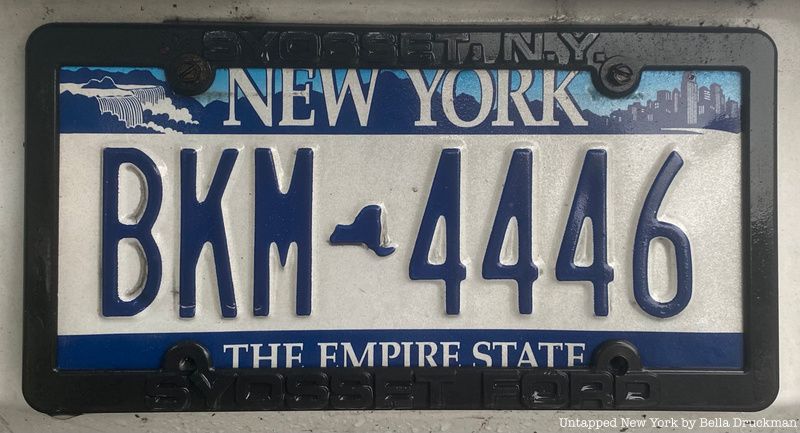
New York State soon after decided to return to the classic blue and gold of the original state-issued New York license plates. These plates featured the words “Empire State” to acknowledge the wealth and resources in New York. With an outline of the state in the center of the plate, the updated New York license plate was sophisticated and clean.

In 2019, a new decade approached along with the need for an updated New York license plate. Former New York Governor Andrew Cuomo claimed a new license plate was needed for better legibility on license plates for tolling, red-light cameras and other scanning devices, but others decried the measure as a way to increase state budget revenues. This time, the New York State Department of Motor Vehicles allowed New York residents to vote for one of five license plates designs (although some claimed the vote was rigged, as one of the designs included the Mario A. Cuomo Bridge named after the governor’s father). About 325,000 people participated in the vote. Winning by about 49 percent, the current New York license plate features Niagara Falls, a mountain range, the Statue of Liberty, the New York City skyline and a Long Island lighthouse. The word “EXCELSIOR” sits on the bottom of the plate, meaning “ever upward” in Latin. In 2021, New York State unveiled three NASCAR-themed license plates at Watkins Glen Racetrack.
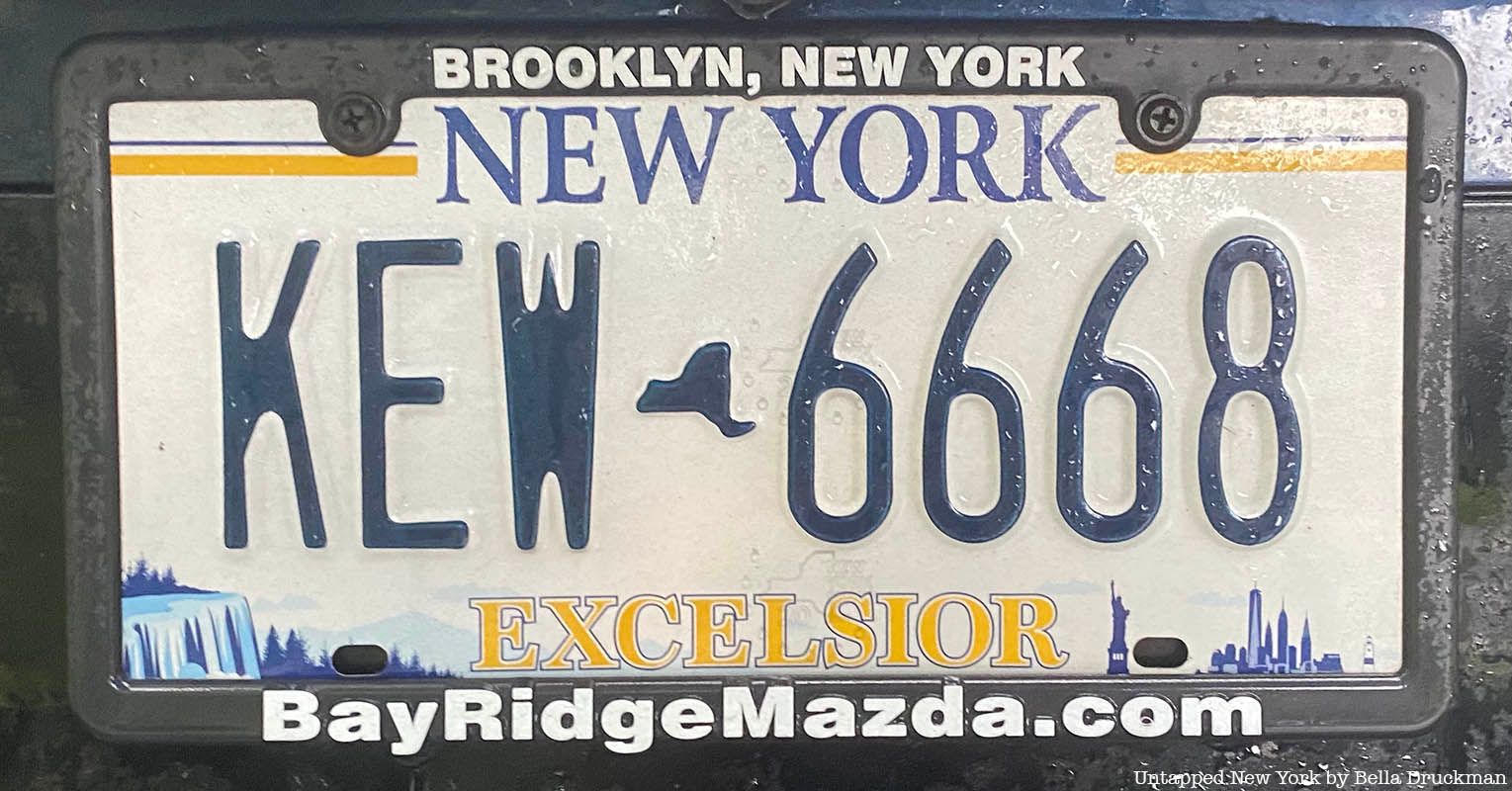
Since Governor Odell passed the bill that mandated vehicle registration and identification, all 50 states have adopted the practice. When trying to see all 50 plates, passengers can try to find the variations of state license plates that have varied over the decades. Although Hawaii’s license plate has a rainbow, South Dakota’s license plate has Mount Rushmore, and Michigan’s plate features the Mackinac Bridge and a sunset, New York’s license plate stands out as one of the more creative forms of vehicle identification.
Next, check out 15 of New York City’s alternate forms of transportation!
Subscribe to our newsletter